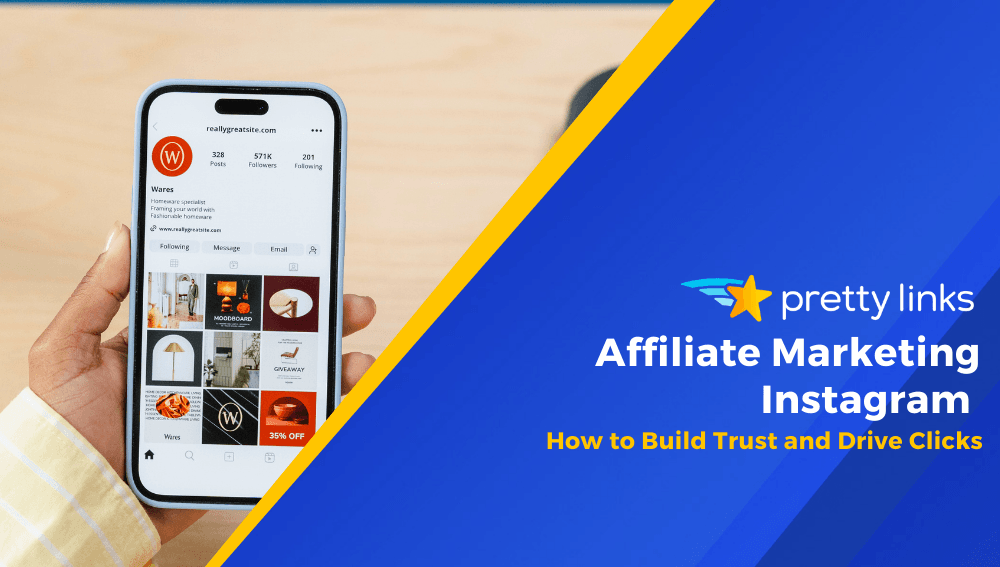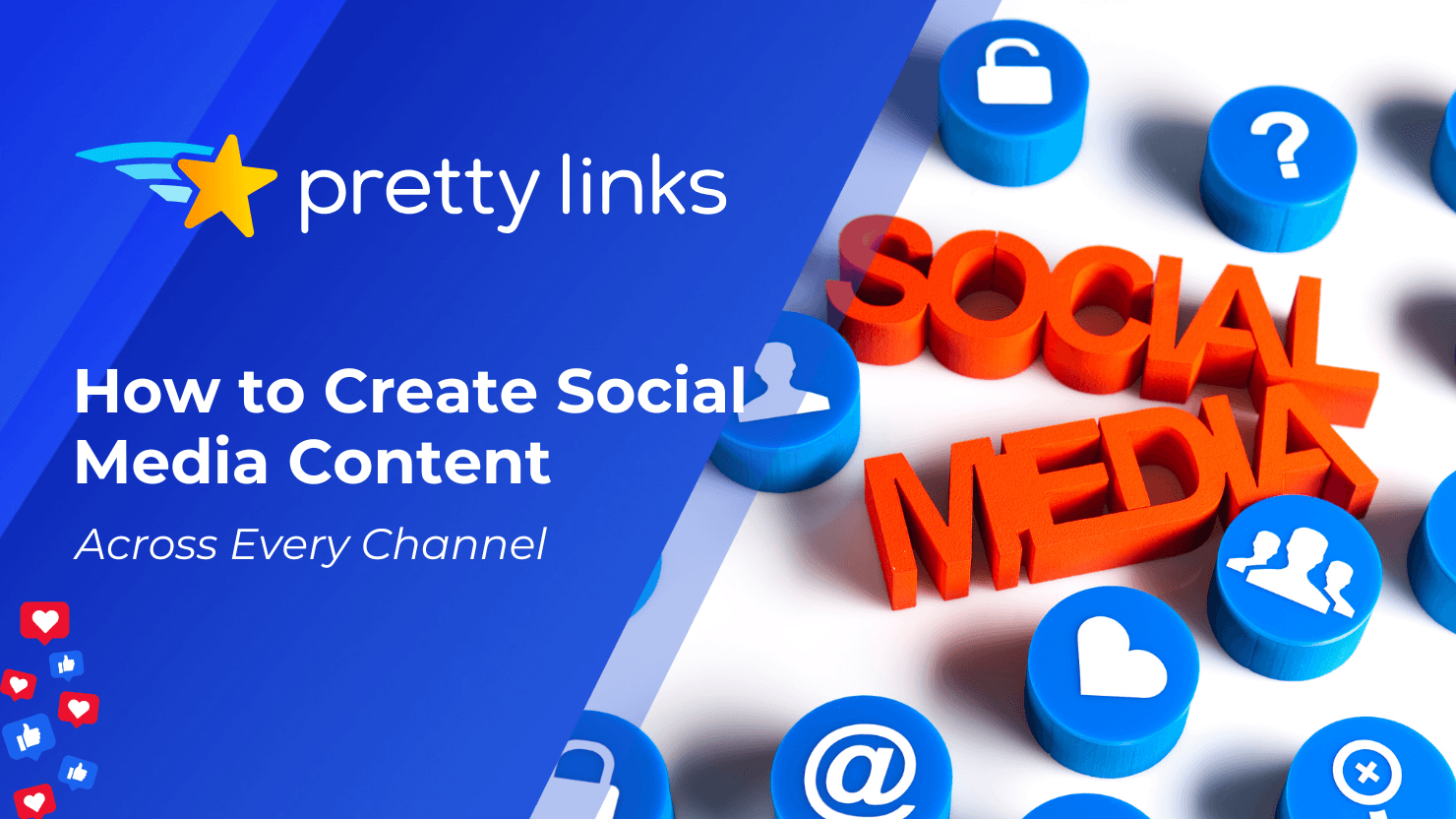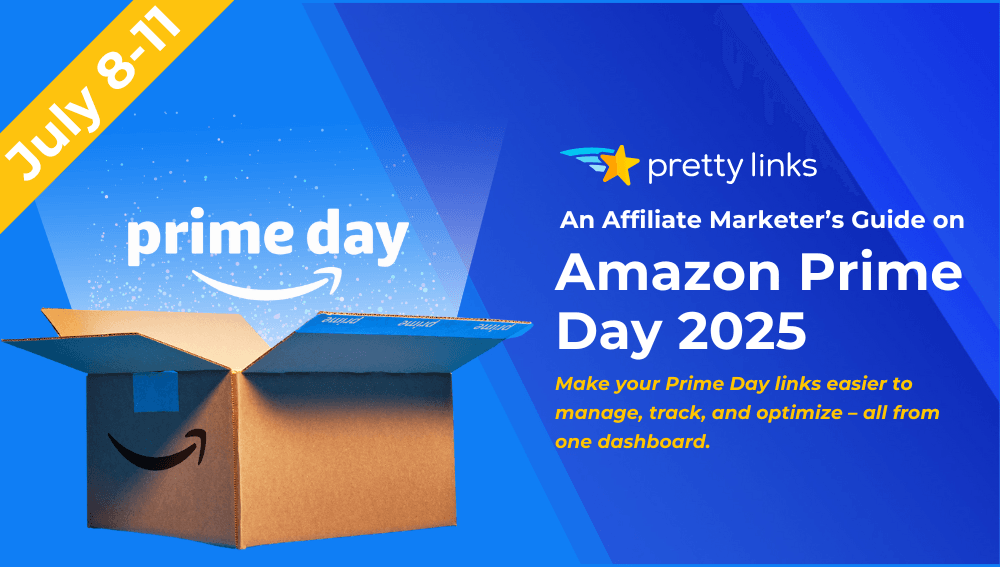Contenido
La conversión consiste en animar a los usuarios de su sitio web a completar una acción específica. En otras palabras, tiene que convertir al visitante medio en alguien que participe activamente. Con tantos competidores, esto puede resultar complicado.
Sin embargo, si entiende qué es lo que hace "vibrar" a su público, podrá ajustar su contenido y su sitio web para conseguir el máximo atractivo. La psicología y el marketing están estrechamente relacionados, por lo que aplicar características de ambos es una forma inteligente de lograr los resultados deseados.
En este artículo, hablaremos de cinco técnicas basadas en la psicología que puede utilizar para aumentar las conversiones. Empecemos.
El lugar de la psicología en la conversión
Ofrecer un servicio excelente no es la única forma de animar a los usuarios a comprar sus productos y suscribirse a sus servicios. Aplicar algunas técnicas psicológicas bien conocidas puede mejorar las posibilidades de conversión, es decir, convertir a un navegante ocasional en un cliente de pago.
Independientemente del sector, todos los vendedores comprender el papel de la psicología para conseguir que la gente se convierta. En la mayoría de los casos, los consumidores no se comprometerán a realizar una compra sin saber cómo les beneficia directamente. La aplicación de ciertas técnicas puede hacer que sus productos parezcan más atractivos, y aun así hacer que el usuario sienta que la decisión de comprar era totalmente suyo.
Por ejemplo, pensemos en las tiendas físicas que anuncian las rebajas con el uso de carteles de colores vivos. Algunos colores evocan determinadas sensaciones; por ejemplo, se cree que el verde tiene un efecto calmante. A eslogan de la empresa también puede ser un factor psicológico importante en la decisión de compra de un cliente. Eslóganes famosos como "Just Do It" de Nike y "I'm Lovin It" de McDonalds han sido hábilmente elaborados para causar el efecto deseado en los consumidores.
5 técnicas psicológicas para aumentar las conversiones
Antes de presentar las siguientes técnicas psicológicas, es importante señalar que no pretenden "engañar" a los clientes. Mientras su servicio les resulte valioso, estas estrategias no son ni más ni menos que buenas prácticas de marketing. Empecemos por una de las técnicas más fundamentales de todas.
1. El pie en la puerta (FITD)
El método Foot in the Door (FITD) implica conseguir que un usuario acepte a una petición grande, pidiendo primero un favor más pequeño. Pedir algo menor puede poner a la gente de un humor más agradable, haciéndoles más propensos a aceptar la acción que realmente quieres.
Un ejemplo de ello en la vida cotidiana sería pedir prestado el coche de alguien para un viaje corto y, más tarde, pedirlo prestado para todo el fin de semana. La nueva petición es muy influenciado por el originaly se basa en una relación cada vez más estrecha entre usted y el propietario del vehículo. También se conoce como Efecto Benjamin Franklin.
Puede aplicar la FITD a su sitio web animando a los visitantes a responder encuestas y dejar comentarios. Esto sentará las bases para posteriores peticiones de mayor envergadura. Además, pedir a su público que opine sobre su sitio web es una forma estupenda de establecer un alto nivel de confianza.
2. Reciprocidad
La reciprocidad se refiere al proceso de dar al usuario lo que quiere primero, para animarles a realizar una acción. Esta técnica se basa en la parte de la naturaleza humana que nos hace preguntarnos: "¿Qué gano yo?".
Ofrecer su usuarios cosas gratisYa se trate de productos o servicios, capta su atención y aumenta las probabilidades de que se interesen por ellos. devolver el favor y convertir en una fase posterior. Un ejemplo de reciprocidad es el uso del muestreo por parte de los supermercados. Una muestra gratuita anima a la gente a comprar el artículo completo y crea un sentimiento de deuda con el proveedor.
Una de las mejores formas de implementar la reciprocidad en tu sitio es ofreciendo contenidos exclusivos a tus usuarios, que recibirán cuando se suscriban a un lista de correo o rellenar una encuesta. También puede crear demostraciones de su producto u ofrecer pruebas gratuitas y/o niveles limitados de servicios gratuitos.
3. Miedo a perderse algo (FOMO)
Una de las técnicas psicológicas más eficaces, la Miedo a perderse algo (FOMO) apela directamente al deseo del usuario de no perderse una oportunidad emocionante. El uso de una publicidad inteligente puede resaltar el placer que una persona podría estar obteniendo de su producto, impulsando las ventas como resultado.
Los anuncios de perfumes y otros productos de belleza, por ejemplo, a menudo nos venden la idea de que nos volveremos tan "irresistibles" como la modelo si utilizamos un determinado producto. Aunque inconscientemente sabemos que se trata de un estratagema de marketing, nuestro FOMO todavía puede hacer que nos creamos el mito.
Puede aplique FOMO en su sitio web incluyendo ofertas de productos o servicios populares que expiren pronto. La corta fecha de caducidad puede animar a la gente a hacer compras rápidas para no perderse nada. El uso de lenguaje "emotivo" (o emocional) es otra forma inteligente de persuadir a los usuarios para que se conviertan.
4. Influencia social
La influencia social es una táctica muy utilizada en Internet, sobre todo en las redes sociales. Al fin y al cabo, otro principio básico de la naturaleza humana es que somos fácilmente influenciables por los que nos rodean.
Básicamente, quiere demostrar a los clientes potenciales que su servicio es popular. Esta técnica se integra bien con la FOMO ya que, al ver que nuestros iguales disfrutan de un producto o servicio, es más probable que nosotros también lo queramos. Las técnicas de influencia social animan a los clientes indecisos a dar el paso y comprar.
Aunque hay muchas formas de utilizar la influencia social en su sitio web, la presencia de reseñas positivas es uno de los mejores métodos para generar confianza entre los consumidores. Mostrar reseñas en su sitio puede mostrar a sus visitantes el valor de su producto, así como su popularidad. No tenga miedo de incluir también algunas reseñas negativas, ya que esto añadirá credibilidad a sus afirmaciones.
5. Anclaje y precios señuelo
En términos de marketing, anclaje es cuando un servicio con varios niveles o planes incluye una opción que constituye la mayor parte de las ventas. Suele ser el servicio más barato. Esta opción es también un "ancla" que ayuda a determinar lo que parece razonable para el resto de los precios.
Sin embargo, puede incluir deliberadamente un opción señuelo - una oferta obviamente inferior que anima a la gente a comprar una opción más cara de la gama de servicios que se ofrecen. La adición de otros beneficios disponibles en el señuelo está diseñado para atraer a la gente, y hacerles sentir como si una etiqueta de precio más alto vale la pena.
Otra forma de aplicar el anclaje en su sitio web es mostrando un precio tachado con una oferta mejor al lado. También puedes centrarte en la diferencia de porcentaje entre los distintos precios que muestres, ya que esto hace que el ahorro parezca aún mayor.
Conclusión
La relación entre el marketing y la psicología es estrecha. Por eso, no es de extrañar que entender lo que motiva y persuade a las personas pueda tener un efecto positivo en las ventas.
En este artículo, hemos cubierto algunos de los trucos que puede utilizar para maximizar su tasa de conversión, tales como:
- La técnica FITD, que puede animar a los usuarios a realizar acciones más importantes en su sitio.
- Reciprocidad: crear una relación entre usted y los usuarios, de modo que sea más probable que ellos hagan algo por usted a cambio.
- Ofertas que caducan y encienden la chispa FOMOy motivar a la gente a comprar.
- La influencia social, o el uso del poder de la persuasión social para captar nuevos clientes.
- Anclas y señuelos, que pueden inducir a la gente a comprar artículos más caros.
¿Cómo utiliza la psicología para aumentar las conversiones en su propio sitio web? Háznoslo saber en la sección de comentarios.








Deja una respuesta